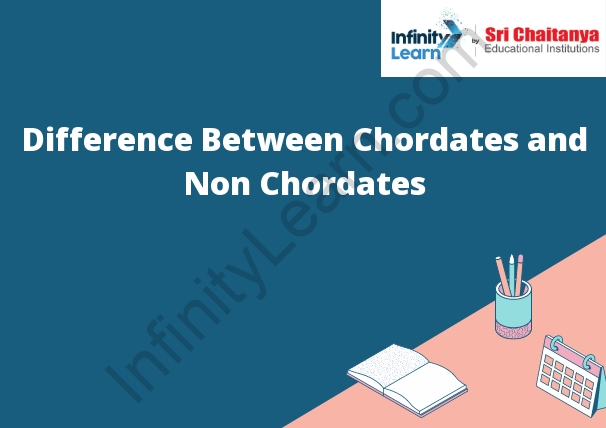Table of Contents
What are chordates and non-chordates?
Chordates are animals that have a backbone or spinal cord. Non-chordates are animals without a backbone or spinal cord. A chordate is a member of a phylum of animals that includes the vertebrates and some invertebrates. Chordates are distinguished from other animals by having a spinal cord or backbone. The spinal cord is a bundle of nerve tissue that runs down the back. It sends messages from the brain to the rest of the body. Chordates also have a hollow nerve cord that runs along the inside of the body. This nerve cord contains the animals’ spinal nerves.

Chordates
Chordates are a group of animals that includes all vertebrates and some invertebrates. The defining characteristic of chordates is that they possess a nerve cord, a dorsal hollow nerve cord that runs the length of the body. This nerve cord is important for transmitting electrical signals from the brain to the rest of the body.
Notochord
The notochord is a rod of cartilage that extends along the length of the body from the head to the tail in embryos of most chordates. In adults, it is usually replaced by the vertebral column. The notochord plays an important role in embryonic development, serving as a scaffold for the formation of the vertebral column and other tissues.
Non-chordates
- Non-chordates are animals that do not have a backbone. They include things like worms, jellyfish, and squid.
- Non-chordates are a group of animals that do not have a backbone. This group includes animals such as jellyfish, worms, and sponges.
- Jellyfish are a type of non-chordate that are found in both salt and fresh water. They are free-swimming creatures that have a bell-shaped body and long, trailing tentacles. Jellyfish use their tentacles to capture their prey, which includes small fish, plankton, and other invertebrates.
- Worms are a type of non-chordate that can be found both on land and in water. They have a long, slender body with no limbs. Worms eat a variety of things, including organic matter on the ground, small animals, and other worms.
- Sponges are a type of non-chordate that can be found in both fresh and salt water. They are sessile creatures, meaning they do not move around. Sponges have a porous body that allows them to filter food from the water.
Difference between chordates and non-chordates
- Chordates are animals that have a spinal cord and a dorsal nerve cord. They also have a notochord- a flexible rod of cells that runs the length of the body. Non-chordates do not have these features.
- There are two main types of animals: chordates and non-chordates. Chordates are animals that have a backbone, while non-chordates do not. Chordates are further divided into subphyla: vertebrates and invertebrates. Vertebrates are animals with a backbone and spinal cord, while invertebrates are animals without a backbone.
- One of the main differences between chordates and non-chordates is that chordates have a backbone and spinal cord, while non-chordates do not. This difference allows chordates to move more easily and efficiently than non-chordates. Chordates also have a different digestive system than non-chordates. Chordates have a gut that runs from the mouth to the anus, while non-chordates have a digestive system that is spread throughout their body.
- Another difference between chordates and non-chordates is that chordates typically have a more complex nervous system than non-chordates. Chordates have a brain and a spinal cord, while non-chordates do not. This difference allows chordates to have a more complex behavior than non-chordates.
- Finally, chordates typically have a more complex reproductive system than non-chordates. Chordates have a reproductive system that includes a penis and vagina, while non-chordates typically have a reproductive system that includes eggs and sperm. This difference allows chordates to reproduce more easily and efficiently than non-chordates.







